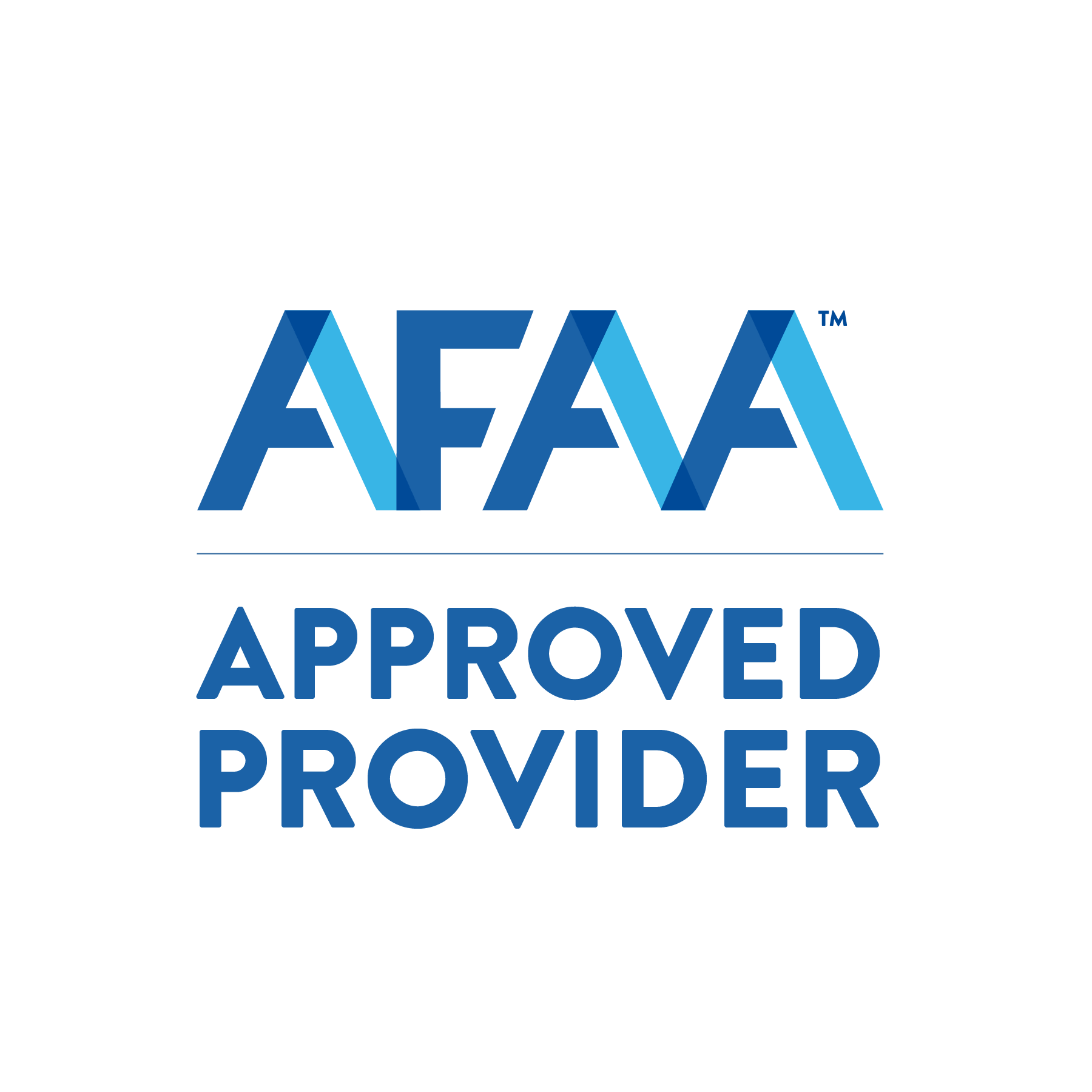Brain Change Connection
The Neuropsychology of Behavior Change That Sticks
 |
 |
Welcome!
Introduction
Course Description
Getting To Know Each Other
Before We Begin
Section 1—The Profound Power of Patterns
Top of the Mountain
Tool #1: Tale of 2 Brains
The Basal Ganglia
Riddle of Attention
The Frontal Lobe
Test Your Learning: The Profound Power of Patterns (Section 1)
Feedback: The Profound Power of Patterns (Section 1)
Section 2—Attention: The Mother of Everything
Two Types of Problems
Understanding an "Emotional Fever"
Inattention: The Heart of Why We Get Stuck
Tool #2: Rule of 3
Test Your Learning—Attention: The Mother of Everything (Section 2)
Feedback on Attention: The Mother of Everything (Section 2)
Section 3—In Defense of Pain: The Paradox of Progress
Further Examination of the Paradox of Progress
Paradox of Progress: Examples
Avoidance and Fear
A Rationale for the Paradox of Progress
Test Your Learning—In Defense of Pain: The Paradox of Progress (Section 3)
Feedback on In Defense of Pain: The Paradox of Progress (Section 3)
Section 4—Identify the Big "T" Target: Calibrating for Change
Tool #3: Arrival Point + Arrival Statement
Putting It All Together: The Case of Dolores
Test Your learning—Identify the Big "T" Target: Calibrating for Change (Section 4)
Feedback on Identify the Big "T" Target: Calibrating for Change (Section 4)
Section 5—Words on the Mind: Examining Language and the Brain
What is Precision Language?
Affect Labeling: Part 1
The Amygdala
Affect Labeling: Part 2
Tool #4: "Can You Say More?"
Example of Tool "Can You Say More?"
Language and the Brain: Conclusions
Test Your Learning—Words on the Mind: Language and the Brain (Section 5)
Feedback on Words on the Mind: Language and the Brain (Section 5)
Section 6—Making a Map: Charting the Course to Sustainable Behavior Change
The Substance of Behavior Change
The Sequence of Behavior Change
The Price of Progress
Test Your Learning—Making a Map: Charting the Course to Sustainable Behavior Change (Section 6)
Feedback on Making a Map: Charting the Course to Sustainable Behavior Change (Section 6)
Conclusion
Before you go...
Dr. DiGangi